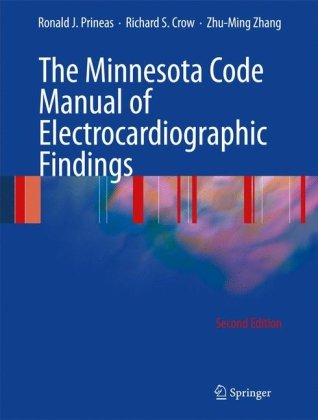

Most ebook files are in PDF format, so you can easily read them using various software such as Foxit Reader or directly on the Google Chrome browser.
Some ebook files are released by publishers in other formats such as .awz, .mobi, .epub, .fb2, etc. You may need to install specific software to read these formats on mobile/PC, such as Calibre.
Please read the tutorial at this link: https://ebookbell.com/faq
We offer FREE conversion to the popular formats you request; however, this may take some time. Therefore, right after payment, please email us, and we will try to provide the service as quickly as possible.
For some exceptional file formats or broken links (if any), please refrain from opening any disputes. Instead, email us first, and we will try to assist within a maximum of 6 hours.
EbookBell Team

0.0
0 reviewsThe electrocardiogram (ECG) is most often used in clinical and hospital settings for diagnosis and prognosis, but it is also used for systematic population studies and clinical trials where a repeatable, valid, and quantitative method is required for classification of ECG findings related to disease. Useful classification depends, in turn, on standardized methods of acquiring the data, on mounting (sampling), and on efficient and effective reading and measurement of the ECG.
This new edition of the classic reference Minnesota Manual of Electrocardiographic Findings has been prompted by the continuous refinements and extensions to the Minnesota Code that allow a greater range of abnormalities to be coded; there are even clearer means of demonstrating correct and standardized methods of measurements, which are incorporated into this extensively revised second edition; some minor coding rules have been changed; and now the use of the code has been greatly expanded and is used in countless epidemiologic studies and clinical trials worldwide.
While the contents of the coding chapters of this manual need not be mastered in one reading, the manual should be used as a reference when there is doubt about how to measure a particular wave form. The manual should be an important addition to the libraries of electrocardiographers, all clinical trialists and experienced investigators to teach measurement and coding of ECGs. The information contained within these pages is also key reading for all trainee physicians in internal medicine and cardiology, and nurses, technicians and other professionals involved in the management of patients needing ECG evaluation.